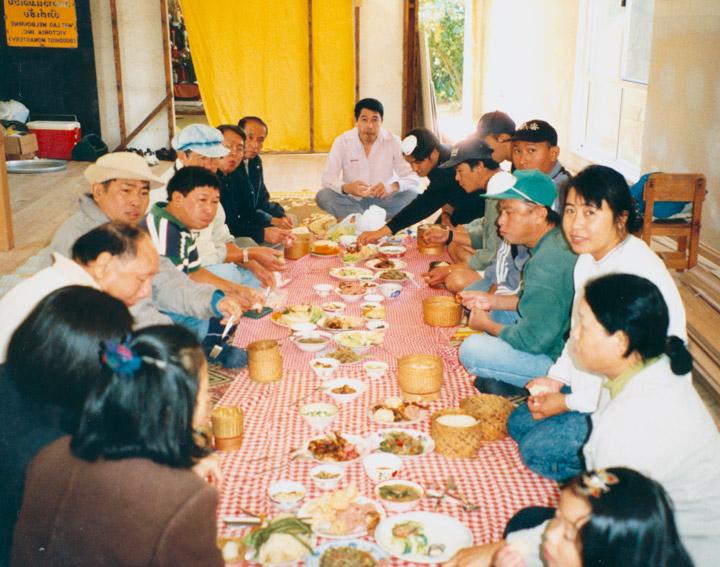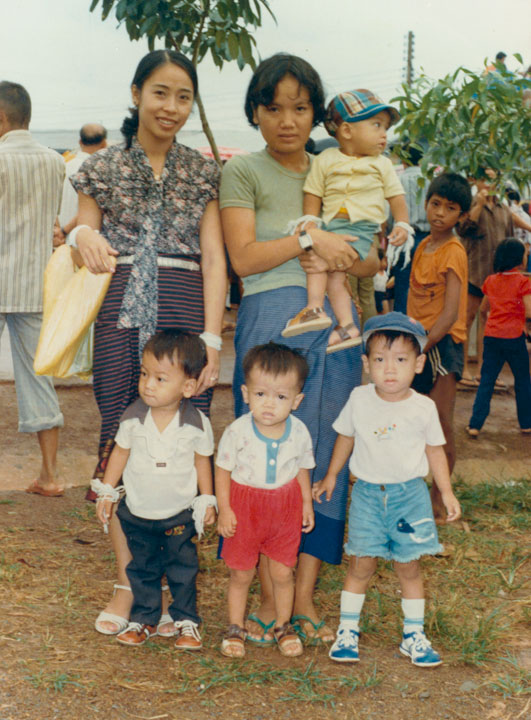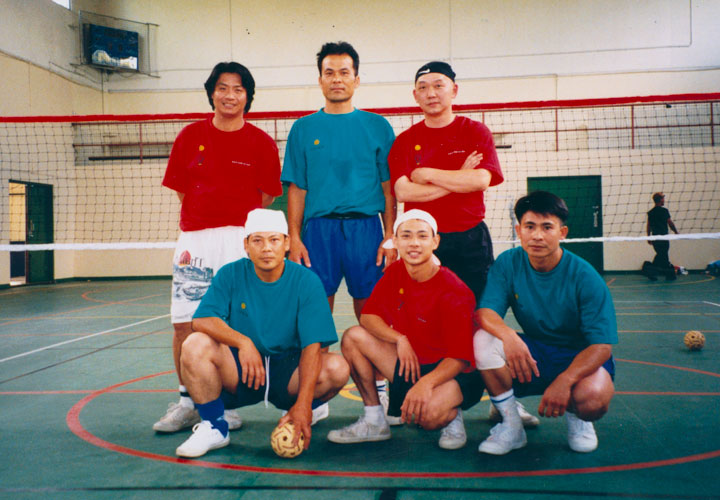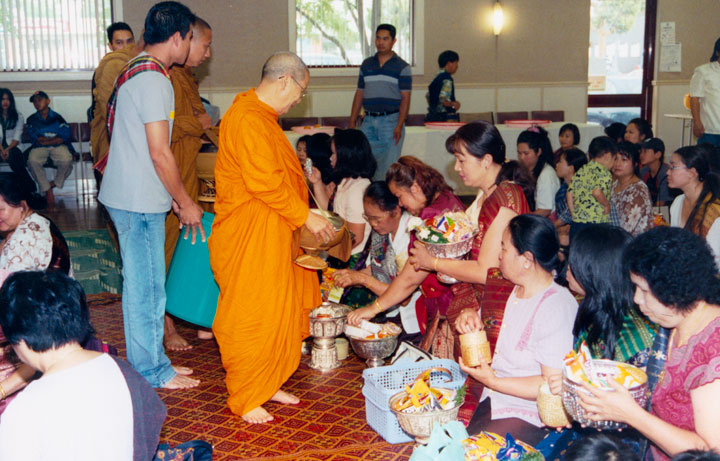Laos
Immigration History from Laos to Victoria
Until the mid-1970s, the Lao community in Victoria was very small. By 1976, only 101 Laos-born people lived in Victoria, most of them students.
Immigrants from Laos first began to arrive in Australia in larger numbers in 1976, following the Indo-Chinese conflict and the takeover of Laos by the communist Pathet Lao party late in 1975. The new government’s oppressive policies and the deteriorating state of the economy saw around 10% of the Lao population flee.
Most Lao migrants arrived in Australia under either the Family Reunion Program or the Community Refugee Settlement Scheme. The latter enabled Lao immigrants to settle directly within various communities rather than having to take the intermediary step of temporarily residing in migrant hostels. By 1981, the Lao community in Victoria had grown ten-fold to 1,101, and doubled again in the next decade to 2,224. Most were from the lowlands of Laos (often called Lao) and the foothills (Hmong).
The Laos-born population of Victoria has remained relatively stable since 1991, with few immigrants from Laos arriving as either skilled migrants or under the family reunion program.
The Lao community today lives across metropolitan Melbourne, with many living in suburbs such as Sunshine and Keilor. Many are employed in the manufacturing, wholesale and retail industries, whilst those with Bachelor degrees work primarily as professionals within financial, insurance and business services.
Reflecting the fact that Buddhism is the main religion in Laos, 76% of Victoria’s Laos-born population today are Buddhist. There are a number of Lao Buddhist temples situated in Melbourne. The community is also supported by organisations such as the Lao-Australian Welfare Association and the Lao Community of Victoria.




